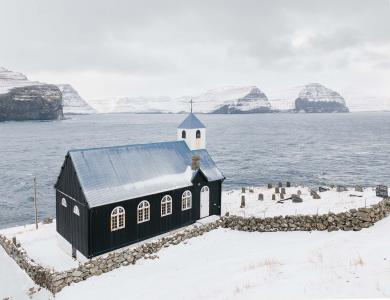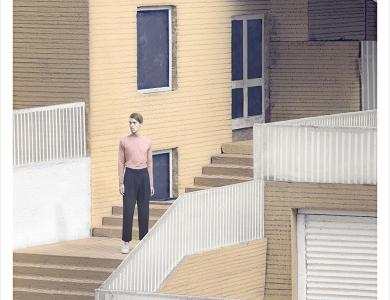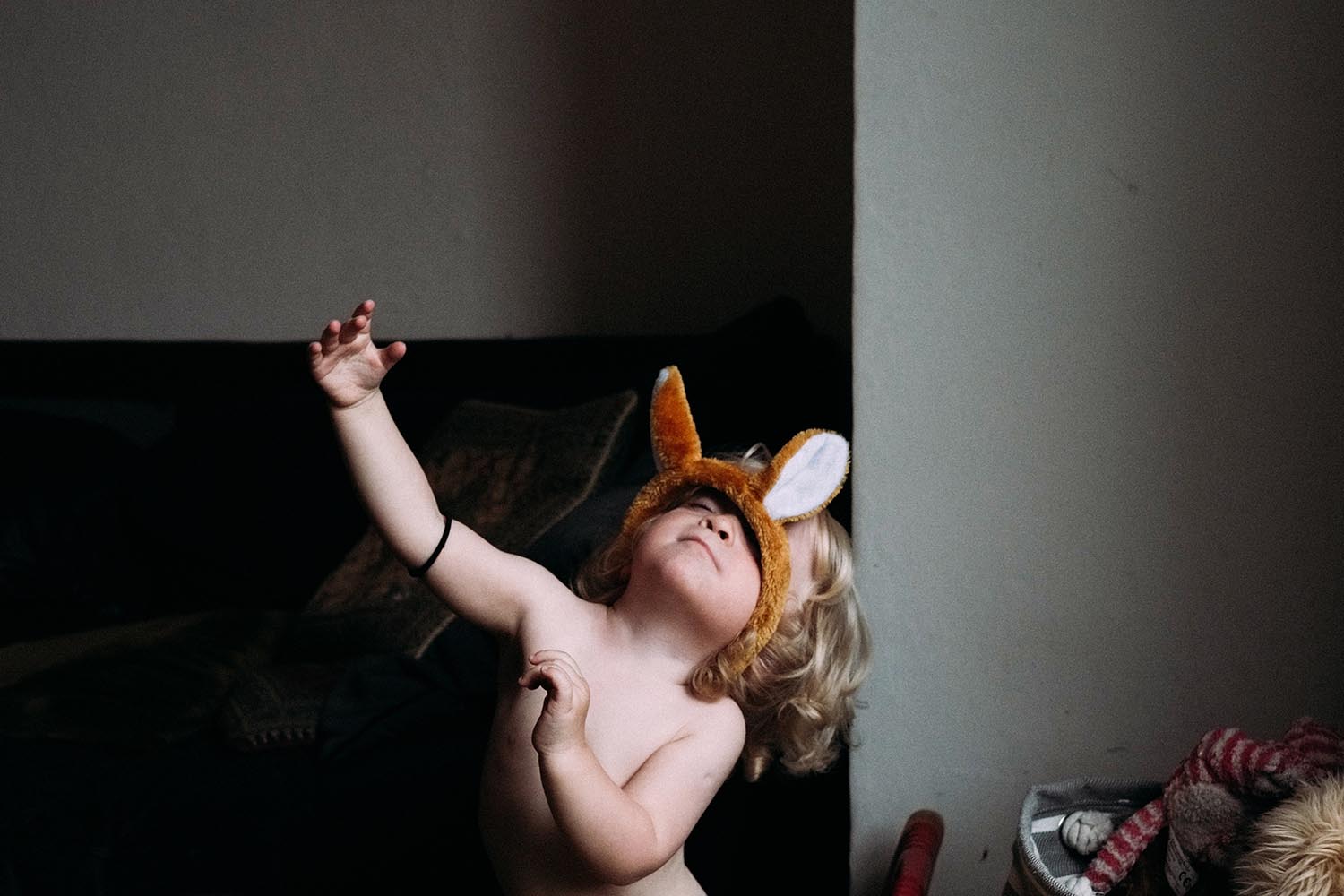
"The word 'snapshot' is usually used in a derogatory way, but it doesn't have to imply disposable or unthinking, it can be elevated beyond that." - Tim Topple
Tim Topple is shortlisted in the Portraits category of the 2017 Sony World Photography Awards with his image taken from his long-term project ‘Elephants for Dinner’. The series is an everyday, off the cuff, quietly consequential study of his daughters, and family life in general.
Hi Tim. Tell us a little about yourself and your photography
I’m an animator and graphic designer for my day job, as well as a dad to three girls, and photography is what fills the gaps and seeps through the holes. I've been at it since about 2003 when I began creating a skewed, messy record of life. Back then, compact cameras and high street film labs gave that 80s and 90s family-snapshot-vibe that I had loved as a boy.
Although my photography has moved on in terms of the scope and aesthetics, the spirit of these years remains. The photography world can be very serious, with so many supposed rules and definitions - most of them decided by traditionalists, or photographers who overthink and suck the life out of their work, and I'm not interested in any of that. I don't like anything to look, or feel, laboured. A serendipitous, loose, imperfect snap - with a little mystery - is what I aim for. Obsessing over technical perfection can equal sterility, and can distract from what's important - the soul of the photograph. I'm also drawn to things that make me laugh, or are a little off.
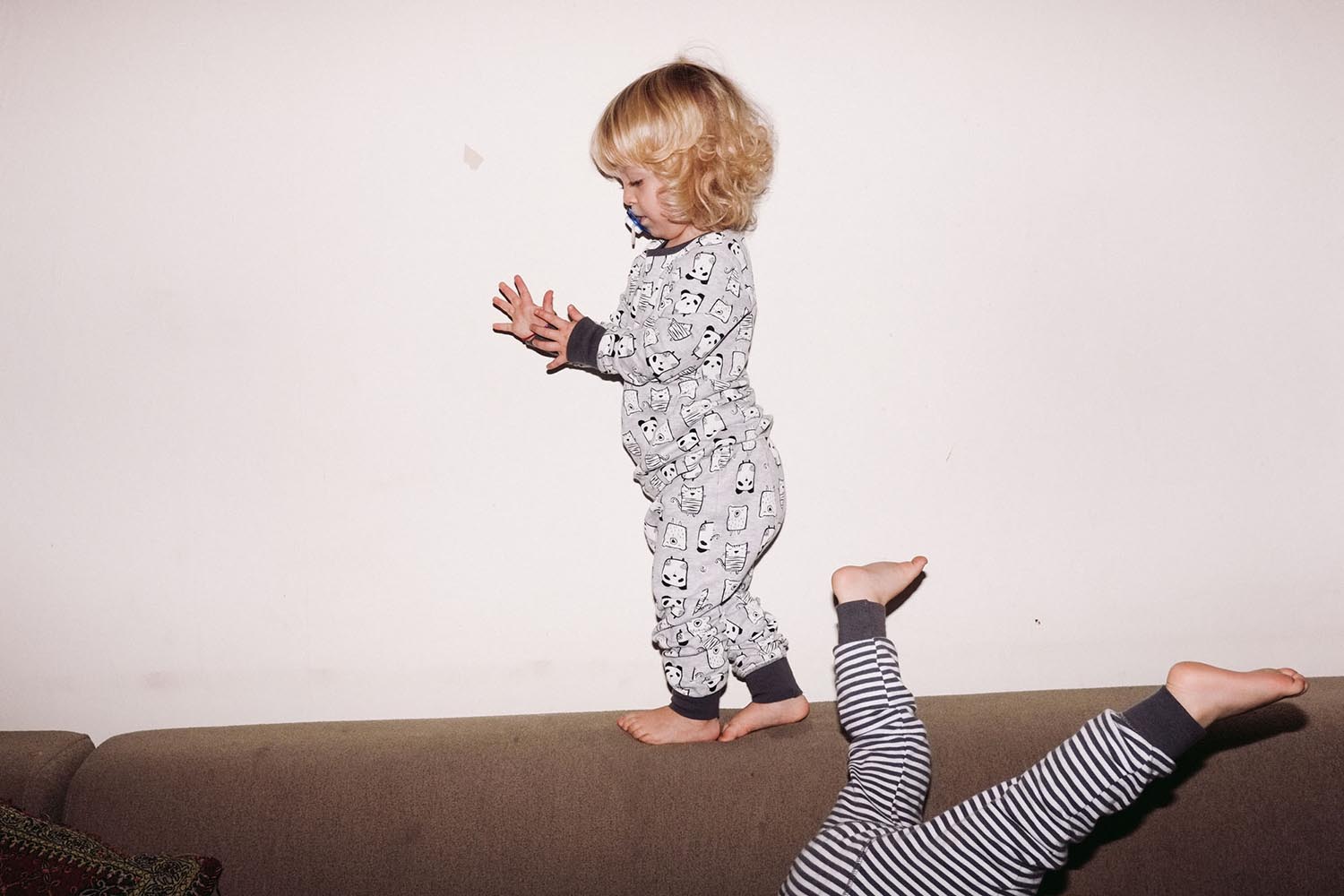
Tell us about your series ‘Elephants for Dinner’
I rarely shoot for specific projects - I still think of my work as one long project - everything is very fluid and when I do group things it's because I see threads and themes in things I've already shot that coincide with something I've consciously, or subconsciously, been mulling over. I often swap images between projects, constantly changing my mind. Or perhaps I notice different things. ‘Elephants for Dinner’ - the series my shortlisted image is taken from - didn't initially start as a project, it was just the way I did photography in the home, applying the same sensibilities that thread through all my work, but in a domestic setting.
So much family photography deals with the 'perfect' moment, either posed, or those kind of romantic, idyllic candid moments. While I love the work of Sally Mann, amongst others, the children are always very much front and centre, and I'm more interested in the spaces in between - the glimpse of a hand grabbing a banana from behind my laptop screen, legs dangling off a toilet, the frills of a tutu and discarded necklace viewed through a gap in the bathroom door - moments that tell stories via the things that are just in our peripheral vision, or out of sight. If the portrait photographer tries to get to the core of someone by looking into the eyes, I do the opposite - showing the person through the space and objects around them and the impressions they leave, or when they are not aware of my camera.
I made a book out of these photos two years ago at the time my twins arrived, sat in my home office in the evening whilst listening out for one of the several dozen times I'd have to tend to them in the hours before the midnight feed, while my girlfriend got a short patch of much needed sleep. The book was kind of marking the end of an era of just us parents and our elder daughter, whose early years make up the majority of the project. Obviously life, and this project, continued into 'Part 2', post Twin-Bomb (one of the twins is the subject of the shortlisted image). I was going to call the series 'The Pram in the Hall', after the famous quote by Cyril Connolly about how children can stifle creativity, but I took the quote as a challenge instead.
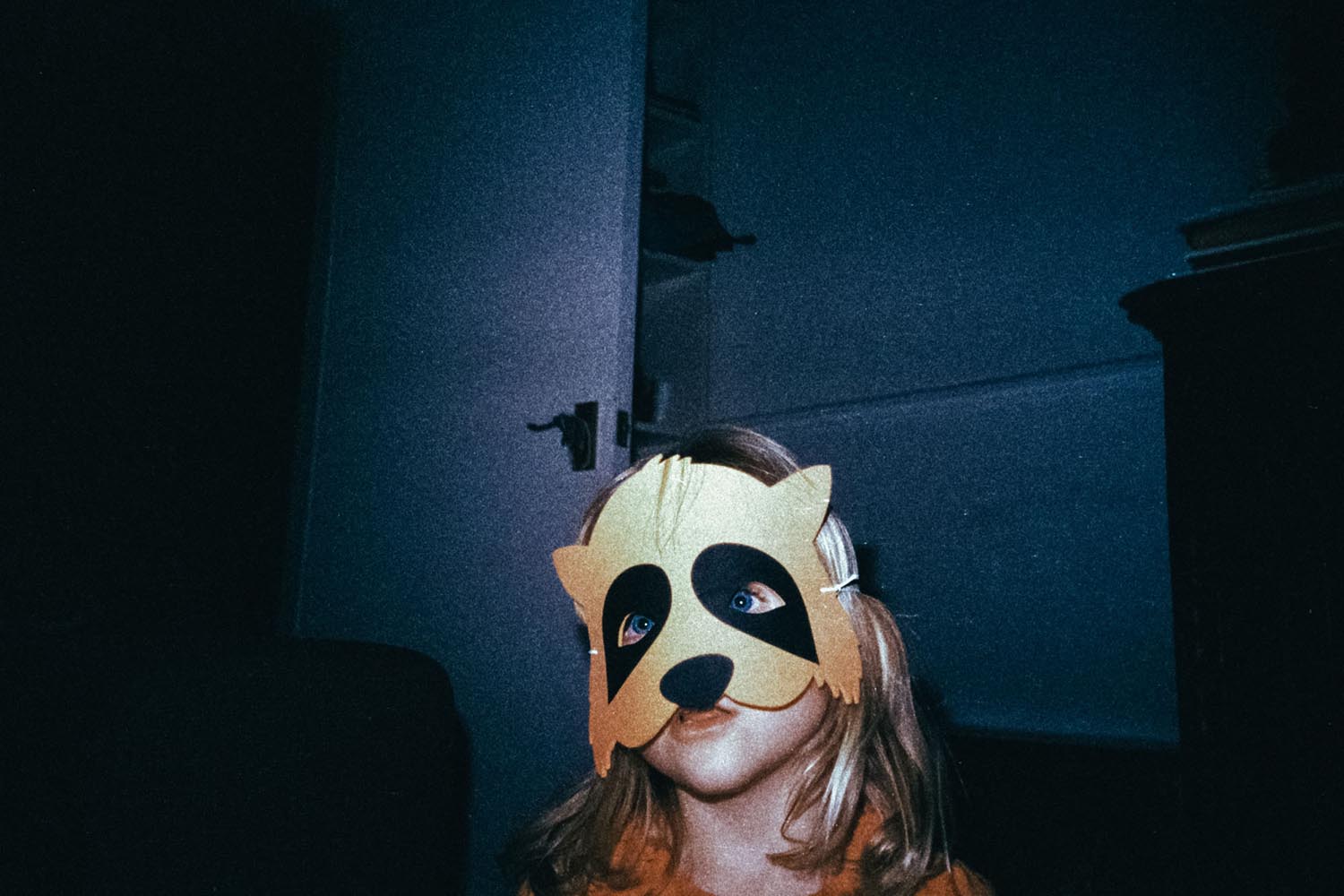
What is it about old family snapshots that are so fascinating?
They're what sparked my interest in photography as a kid - from the rituals that different families used to have around taking pictures or laying out albums; the beautiful happy accidents that would occur, or the photos where you didn't have a clue what they showed (usually accompanied with the little stickers the high street lab would put on the print because they deemed it sub-par); going through my parent's photos from the 60s and 70s and coming across so many brilliant, artful, funny or plain-weird snaps; getting my first camera (after collecting cereal packet tokens) and experiencing being in control of this magic. It wasn't all-consuming at first, but all these things lay dormant in me until coming to the surface in my early twenties, and that snap-shot aesthetic has always played a part in my work. The word 'snapshot' is usually used in a derogatory way, but it doesn't have to imply disposable or unthinking, it can be elevated beyond that.
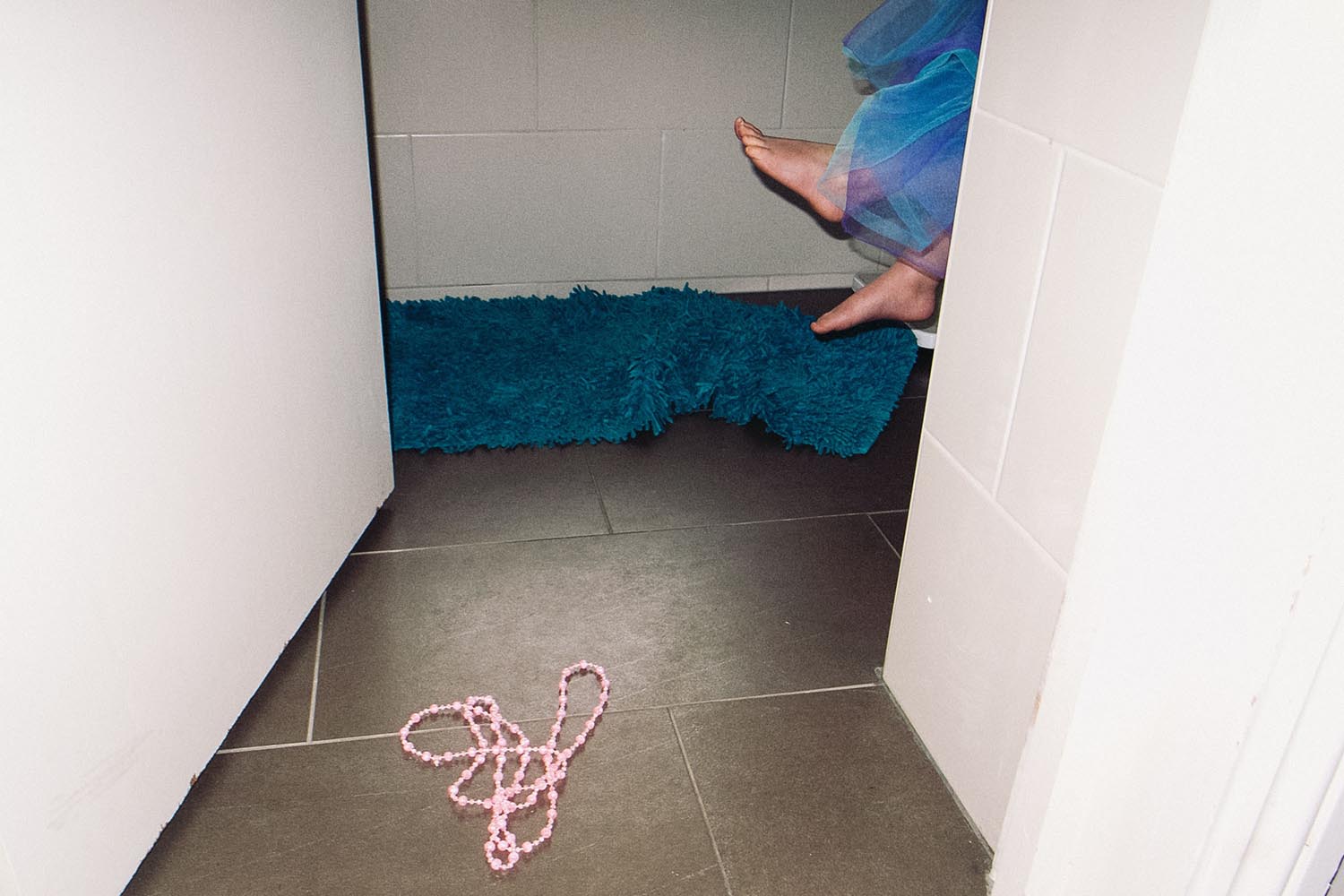
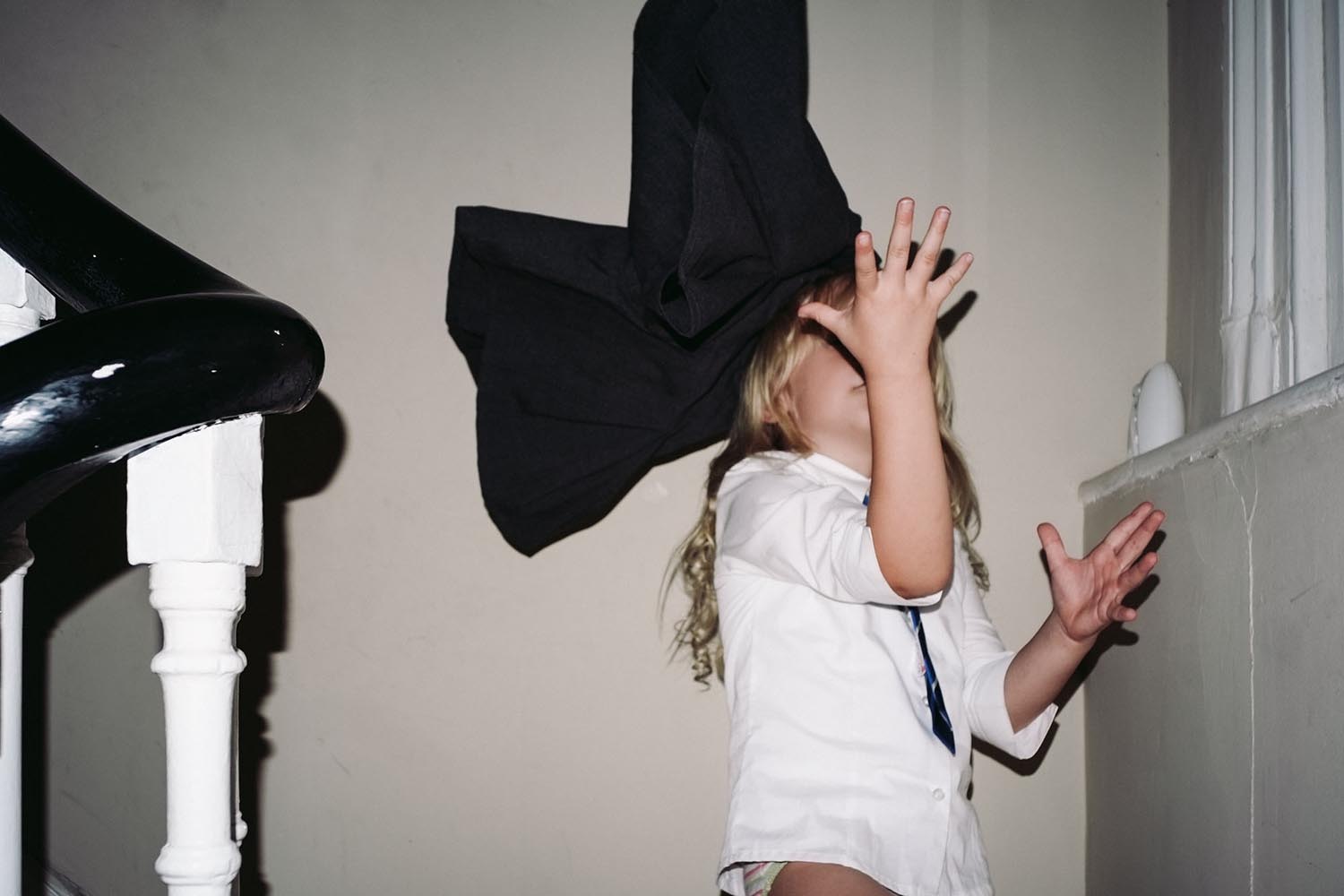
Tell us about the most memorable photograph you’ve taken
The most memorable are those that I haven't taken - the ones I missed by a whisker, chickened out of taking or just messed up. Those hang about in my memory, taunting me.
What inspires you?
Artists who seek a human connection in their work and show us things about ourselves through the little stories, details and actions. Miranda July’s ‘Learning to Love You More’ web project and ‘It Chooses You’ books spring to mind, as well as the photographer Gail Albert Balaban’s ‘Out My Window’ series, where the subjects have no awareness of the camera, in a way that is necessary to reveal what it does about them, and by extension, us. It opens up issues about privacy and ethics and I'm fascinated by what people think is or isn't a suitable subject, what can or cannot be photographed. I avidly follow those ridiculous cases of banned facebook images, or the furore over that pic of the dad in the shower with his sick son, or people thinking it's illegal to photograph in public spaces, and whatnot.
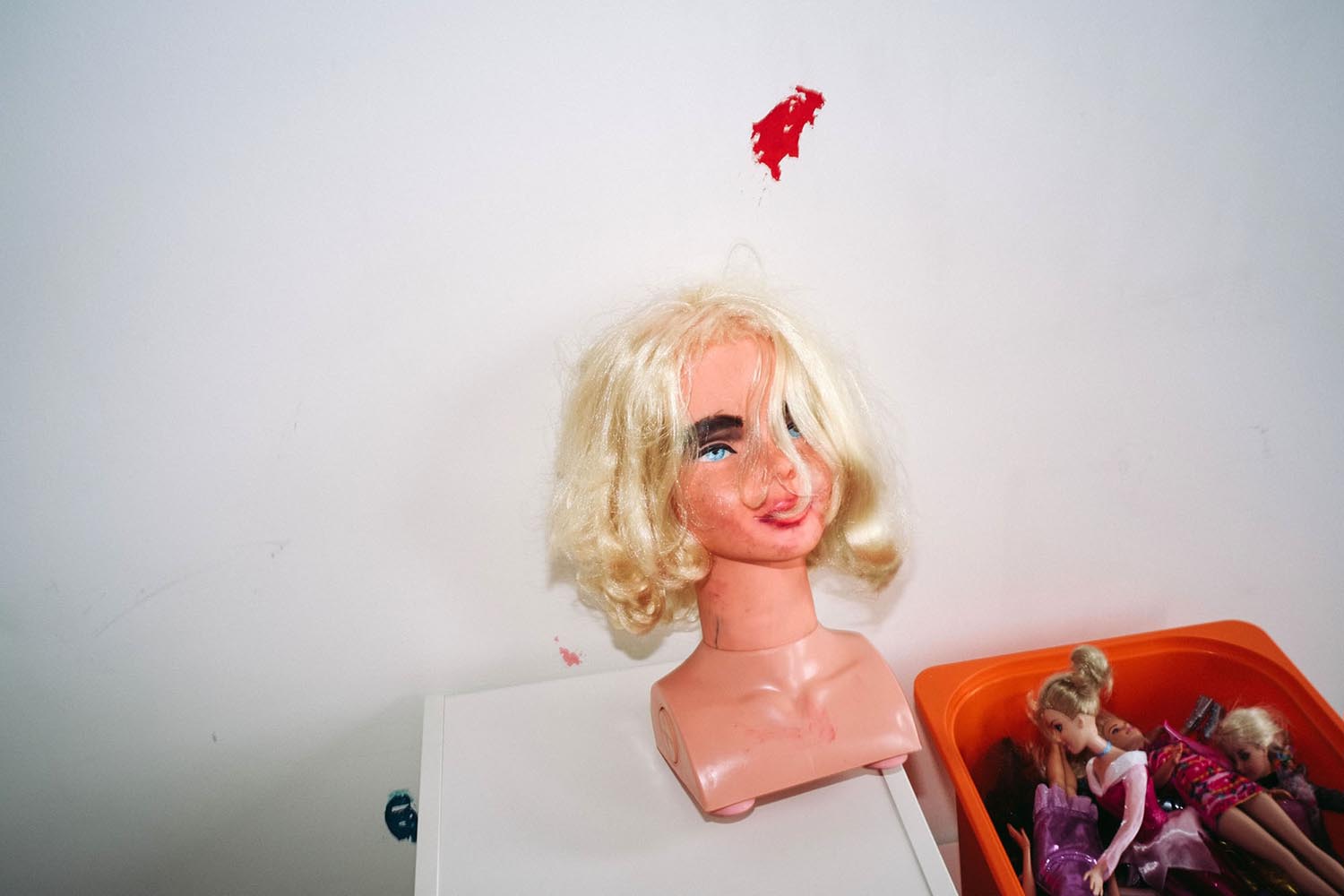
Do you have a photographic philosophy?
Never make a boring picture / avoid the obvious - this is as close to a philosophy I have. If I'm bored by an idea or if I think anyone else has taken the same photo I run a mile. People say that the billions of camera phone photos everyone is taking are diluting photography, or making it somehow harder to get noticed or do something original - but they’re mostly all pointing them at the same things. That’s also why I’m increasingly drawn to photographing the things closest to me; it removes the chance of doing the same thing as someone else - most of my photographs only I can make.
timtopple.pixelrights.com
worldphoto.org/swpa
----------
About Tim
“Born in 1975, I grew up mostly in the UK’s west midlands, and studied fine art, graphic design and animation until the late 90s when I formed a career out of the latter two. It was around 2003 that photography went from something I kept one eye on to become an all-consuming creative escape, informing the way I navigate life. I've exhibited occasionally as part of various collectives around London, but my main goal is simply to create a life's work worthy of looking back on.”

